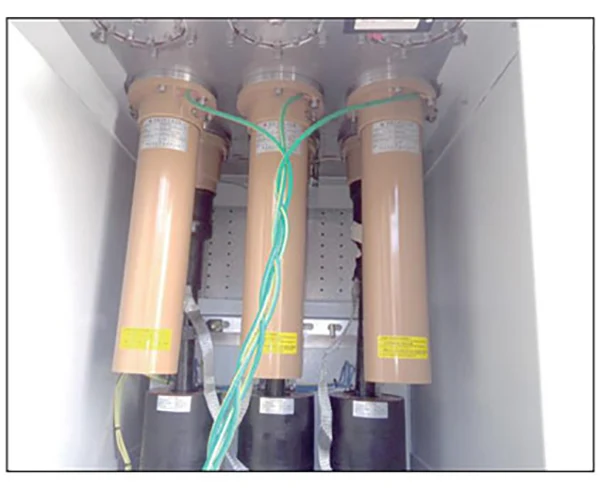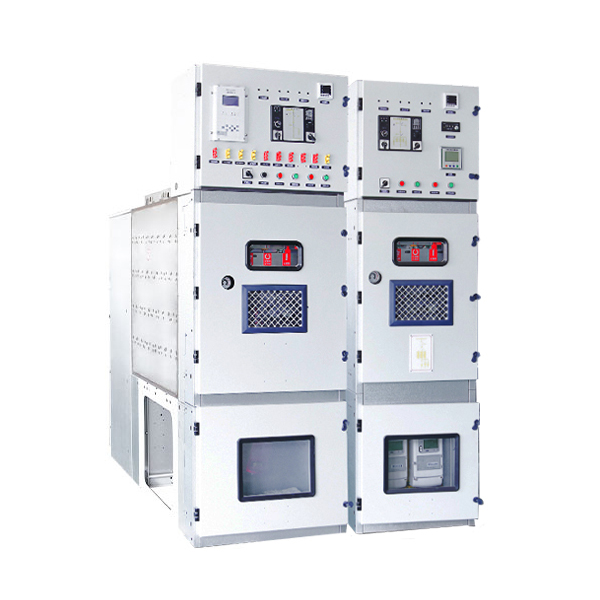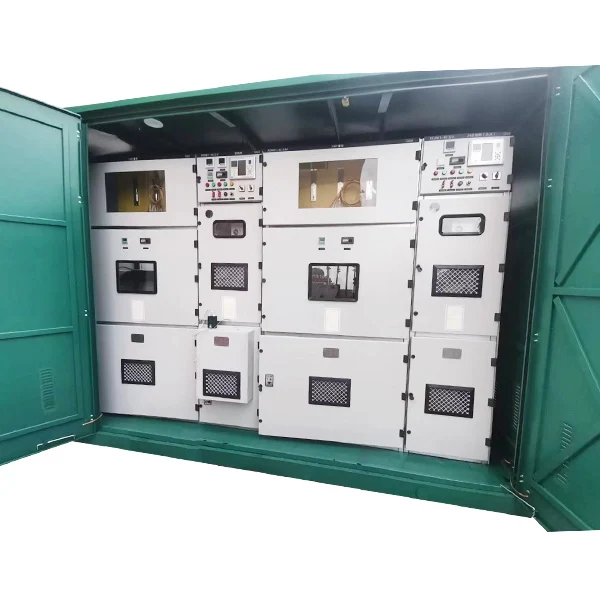35KV 2000A MV Medium Voltage Gas Insulated Switchgear
In recent years, with the progress of society, economy, and technology, the field of engineering construction has become increasingly intricate. There is a rising demand for compact switch equipment that is low-maintenance and smart. Companies, both local and global, are working on the development of the 35KV 2000A MV Medium Voltage Gas Insulated Switchgear, also referred to as gas-insulated switchgear (C-GIS). This type of switchgear contains high-voltage elements like busbars, circuit breakers, isolating switches, and power cables in a shell with reduced gas pressure.
Model:35KV 2000A gas insulation electrical switchgear
Send Inquiry
Product Features of35KV 2000A MV Medium Voltage Gas Insulated Switchgear
1. By utilizing sulfur hexafluoride gas as a shielding and arc extinguishing tool, the size of the switchgear can be significantly lowered, leading to an extra small and smaller sized design.
2. The conductive part of the main circuit, which is very dependable and risk-free, is sealed in SF6 gas, maintaining the high-voltage real-time conductor confined and untouched by outside elements. This makes certain long-term secure operation and high reliability of the tools.
3. There is no threat of electric shock or fire.
4. The 35KV 2000A MV Medium Voltage Gas Insulated Switchgear is developed with an independent modular structure, with the air box made from high-precision light weight aluminum plate and can be taken apart. The seclusion switch embraces a direct transmission with 3 positions. To decrease control relay and circuit confusion, an extra control module with nearly 100 PLC factors is consisted of for grounding, isolation button, and remote procedures. The mechanism button is modular, connecting opening and closing points with plum bloom calls. This removes the opportunity of non-operation in the initial rotating seclusion switch and grounding button, solves the issue of unsteady and too much contact resistance in the initial rotating isolation switch, and includes securing and voltage equalization covers on each contact's exterior to address partial discharge issues throughout switch breakpoints production.
5. The gas-insulated switchgear is convenient to apply and organize. It can be made use of as an independent unit and meet various primary circuitry needs via combination. Delivering it to the website as devices can reduce on-site setup and boost integrity.
Execution standards of 35KV 2000A MV Medium Voltage Gas Insulated Switchgear
IEC 62271-200: 2011 High-voltage switchgear and controlgear - Part 200: AC metal-enclosed switchgear and controlgear for rated voltages above 1 kV and up to and including 52 kV
IEC 62271-102:2013 6.2 High-voltage switchgear and controlgear - Part 102: Alternating current disconnectors and earthing switches
IEC 62271-100: 2017.6.2 High-voltage switchgear and controlgear - Part 100: Alternating-current circuit-breakers
GB/T11022-1999 Common technical requirements for high-voltage switchgear and control equipment standards
GB3906-2006 3.6kV~40.5kV AC Metal Enclosed Switchgear and Control Equipment
GB311.1-1997 Insulation Coordination of High Voltage Transmission and Transformation Equipment
GB/T16927.1-1997 High voltage testing technology Part: General test requirements
GB/T16927.2-1997 High voltage testing techniques Part 2: Measurement systems
GB/T7354-2003 Partial discharge measurement
GB1984-1989 AC High Voltage Circuit Breakers
GB3309-1989 Mechanical tests of high-voltage switchgear at room temperature
GB4208-2008 Code for Degree of Protection Provided by Enclosures (IP)
GB12022-2006 Industrial sulfur hexafluoride
GB8905-1988 Guidelines for gas management and inspection in sulfur hexafluoride electrical equipment
GB11023-1989 Test method for sulfur hexafluoride gas sealing of high-voltage switchgear
GB/T13384-1992 General technical requirements for packaging of electromechanical products
GB4207-2003 Solid insulation materials - Determination of relative and resistance to electrical trace index under humid conditions
GB/T14598.3-2006 Electrical relays - Part 5: Insulation of electrical relays
GB/T17626.2-1998 Electromagnetic Compatibility Testing and Measurement Techniques - Electrostatic Discharge Reactance Interference Test
GB/T17626.4-2008 Electromagnetic Compatibility Testing and Measurement Techniques - Electrical Fast Transient Pulse Group Immunity Test
GB/T17626.5-2008 Electromagnetic Compatibility Testing and Measurement Techniques - Surge (Impulse) Immunity Test
GB/T17626.12-1998 Electromagnetic Compatibility Testing and Measurement Techniques - Oscillating Wave Immunity Test
Test Type
◆ Insulation test
◆ Temperature rise test
◆ Loop resistance measurement
◆ Short-time withstand current and peak withstand current tests.
◆ Verification of making and breaking capabilities
◆ Mechanical operation and mechanical characteristic testing tests
◆ Protection level detection
◆ Additional tests on auxiliary and control circuits
◆ Pressure tolerance test for inflatable compartments
◆ Sealing test
◆ Internal arc test
◆ Electromagnetic compatibility test
Basic Scheme
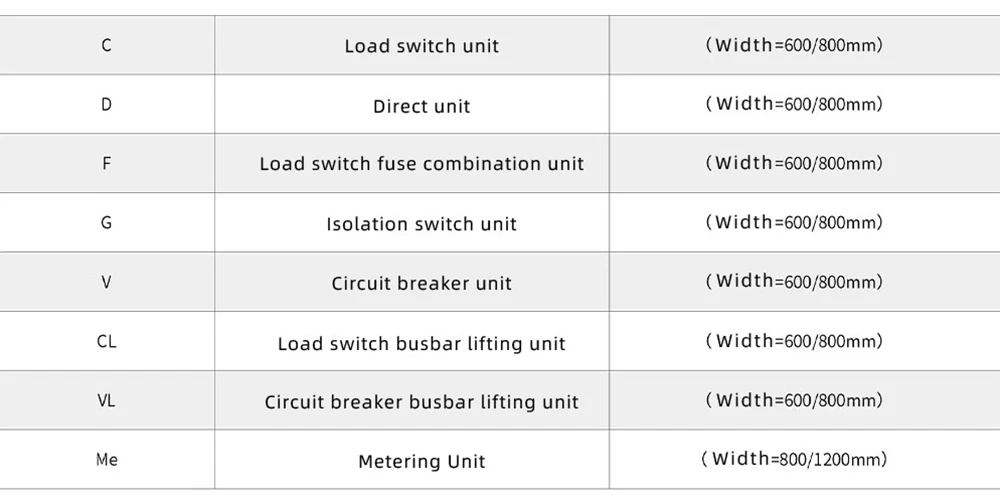

Operation Condition

Technical Parameter
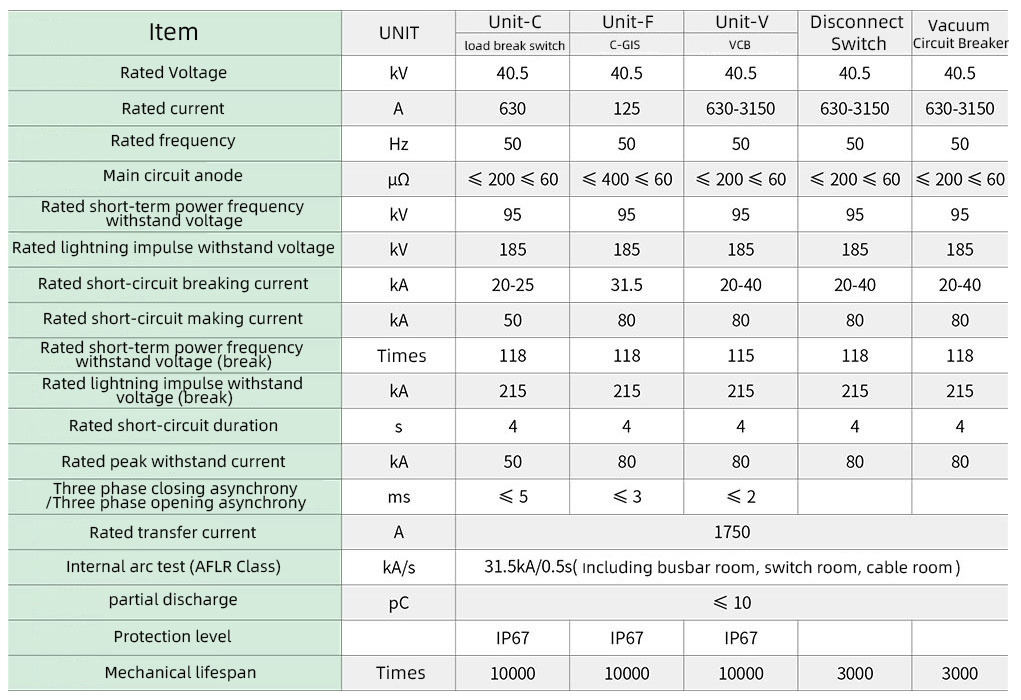
Grounding and Separation
The 35KV 2000A MV Medium Voltage Gas Insulated is available in a range of current capacities, including 630A, 1250A, 1600A, 2000A, 2500A, 3150A, and more. The cabinet's size can be tailored to meet specific requirements. The exterior is constructed from aluminum zinc-coated plates, while the gas box is made from high-quality 304 stainless steel plates, welded for durability. The units can be expanded and combined independently, according to the design plan. The cabinet is divided into several rooms, including a secondary control room, busbar room, circuit breaker room, circuit breaker operating mechanism room, and cable room. The cable connection height reaches 700mm, facilitating maintenance and installation. The cabinet also features a comprehensive grounding protection system. The switchgear consists of isolated functional compartments, such as switch rooms, busbar rooms, cable rooms, and secondary circuit channels. Each functional compartment is separated by a grounding metal partition and operates independently.
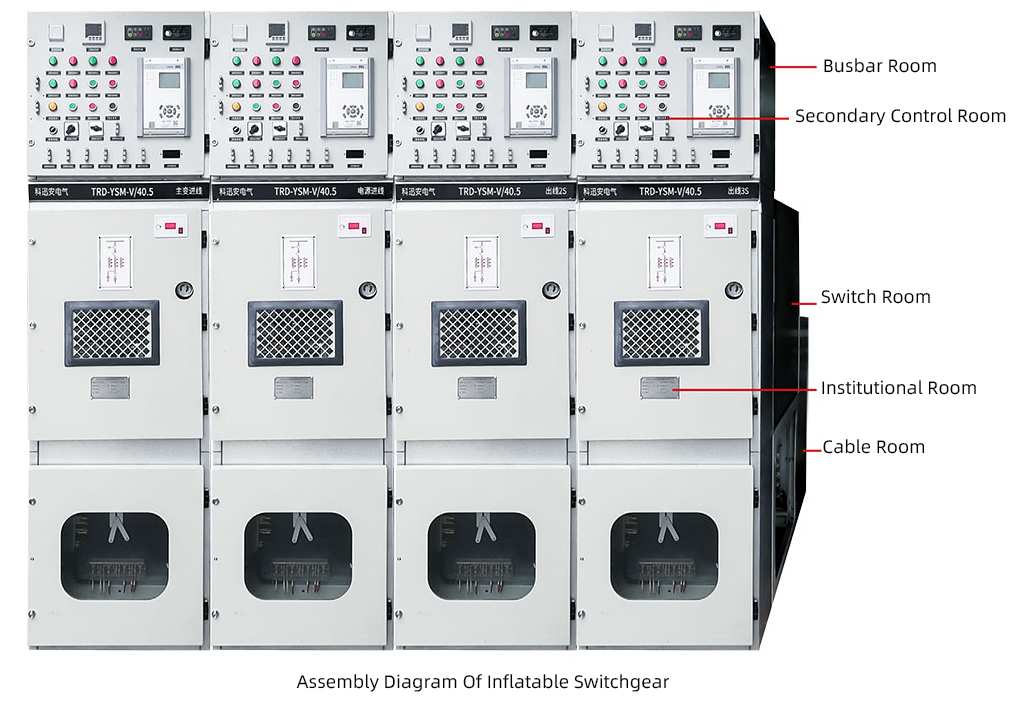
Secondary control room
The cabinet is situated beneath the secondary control room and features boards for component installation and brackets for securing terminal blocks. The secondary control room offers ample space for various devices, including wiring terminals, small busbar terminals, and advanced protection devices. These devices enable the system to perform a range of functions, such as remote control, telemetry, remote signaling, and local monitoring. The cabinet's design includes circular holes on the left and right side panels, as well as terminals, facilitating easy connection to small busbars.
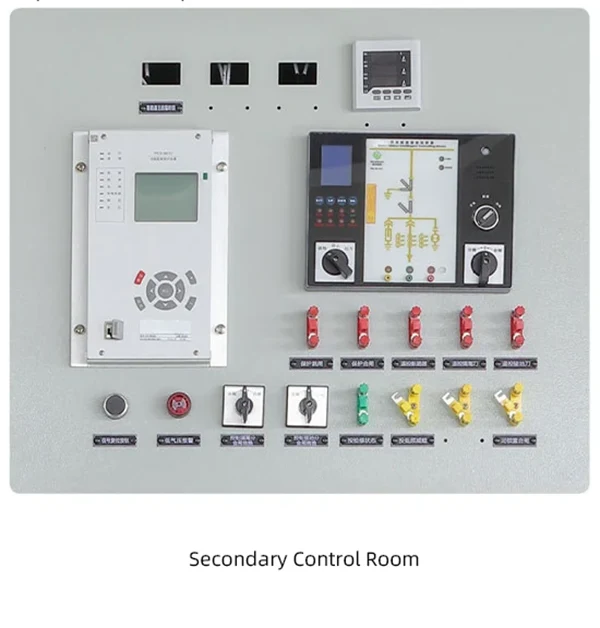
Busbar Compartment
The topmost compartment houses both the busbar chamber and the isolation system. The connection between the circuit cabinets and busbars positioned on either side is stabilized through the process of cabinet merging, once the cabinet is placed on the ground support.

Switch Room
The 35KV 2000A MV Medium Voltage Gas Insulated boasts a two-chamber design, with one chamber situated above the other, at the cabinet's center. The upper chamber houses a three-position isolation switch, while the lower chamber is outfitted with a vacuum circuit breaker. The busbar, isolation switch, and circuit breaker are arranged vertically. While the single-chamber design is straightforward, cost-effective, and simple to produce, it sacrifices some reliability due to the close proximity of components. Conversely, the multi-chamber design touts high safety features by preventing mutual interference between components and enabling effortless replacement. However, this design is more intricate, more challenging to manufacture, and pricier.

Institutional Room
The spring-powered system is positioned in a horizontal plane, with the isolation and circuit breaker mechanisms functioning independently of each other. The mechanism is designed to work in conjunction with the vacuum arc extinguishing chamber's insulation rod, resulting in a streamlined transmission process. This integration also enables the mechanism's output properties to align more closely with the circuit breaker's opening and closing capabilities, leading to improved efficiency, reliability, and flexibility in its mechanical operations.
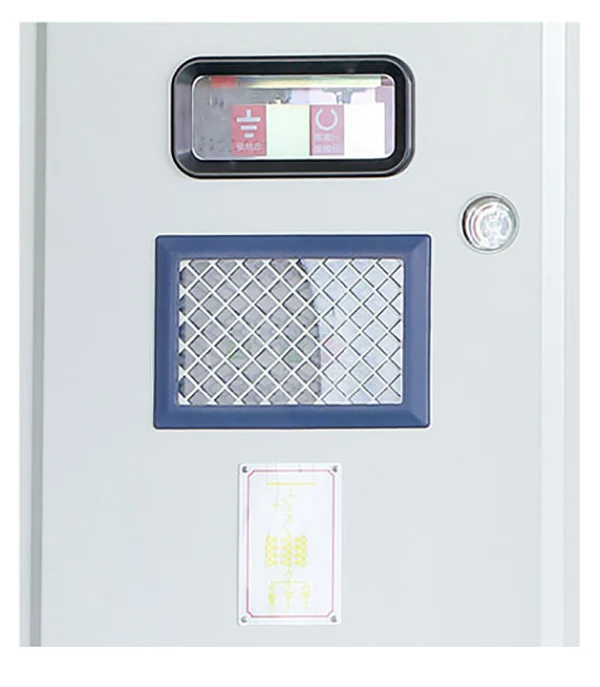
Cable Room
The cabinet is positioned above the cable room and boasts a distinct pressure relief pathway. The space between the ground and the cable connection terminals can reach a height of 700mm. In accordance with regulations, grounding interlocks are integrated into the cable room, enabling the installation of two cables and lightning arresters in each circuit. Notably, the internal cone insertion method facilitates the connection of incoming and outgoing cables and lightning arresters.
